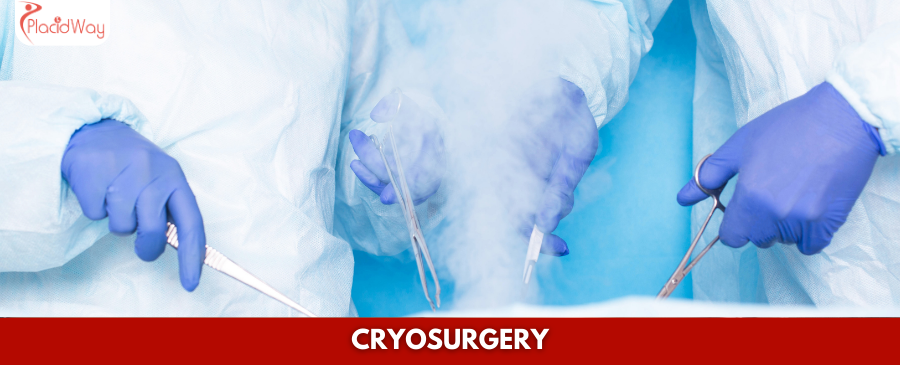
Table of Content
Cryosurgery, also known as cryotherapy, is a medical procedure that uses extreme cold, typically liquid nitrogen, to destroy abnormal or diseased tissues. This technique is widely used for treating a variety of conditions, including skin lesions, warts, early-stage cancers, and other abnormal growths. The procedure is minimally invasive, effective, and usually performed on an outpatient basis. Cryosurgery can be used to treat both external conditions, like skin growths, and internal conditions, such as liver or prostate tumors.
Proper preparation is important to ensure a successful cryosurgery procedure. Here are some steps to help you prepare:
| Step | Description |
|---|---|
| Anesthesia | Local anesthesia is applied to numb the area being treated, ensuring the patient is comfortable throughout the procedure. |
| Application of Cryogen | A cryogen, such as liquid nitrogen, is applied directly to the abnormal tissue using a spray device or a cotton swab. This freezes the tissue and destroys abnormal cells. |
| Monitoring | The doctor monitors the tissue to ensure that it has been frozen sufficiently to achieve the desired therapeutic effect. |
| Thawing | The tissue is allowed to thaw, and the freezing process may be repeated if necessary to ensure complete destruction of abnormal cells. |
| Country | Average Cost (USD) |
|---|---|
| Mexico | $300 - $600 |
| Turkey | $350 - $700 |
| Thailand | $400 - $800 |
| Colombia | $300 - $650 |
| India | $250 - $500 |
| Austria | $700 - $1,200 |
| USA | $800 - $1,500 |
| UK | $700 - $1,200 |
Find Prices for Cryosurgery Near You here.
Cryosurgery is used to treat a variety of conditions, including skin lesions, warts, early-stage cancers, pre-cancerous growths, and other abnormal tissues. It is also used in some internal tumors like liver or prostate tumors.
Local anesthesia is used to numb the treatment area, so you should not feel significant pain during the procedure. You may experience some discomfort, redness, or blistering afterward, which typically subsides within a few days.
Recovery time varies depending on the location and size of the treated area. Most patients recover within a few days to two weeks, with full healing taking slightly longer for larger areas.
Common side effects include temporary pain, redness, swelling, and blistering at the treatment site. In some cases, there may be changes in skin pigmentation, especially in individuals with darker skin tones.
Cryosurgery is effective for treating certain early-stage cancers or pre-cancerous growths, such as cervical dysplasia or early skin cancers. It is also used for tumors in organs like the liver or prostate in selected cases.
Looking for a trusted clinic for your cryosurgery procedure? PlacidWay can help you find the best healthcare providers worldwide, offering personalized care and advanced treatments tailored to your needs. Contact us today to schedule your consultation and start your journey to better health!
Cheap Gyn Surgical Procedures Packages